Embarking on a journey is an exciting adventure, and it all begins with the art of packing. To ensure a seamless and stress-free vacation, crafting and adhering to a comprehensive travel checklist is key. By doing so, you can guarantee that you have all the necessary essentials in their rightful place, allowing you to eliminate any unnecessary anxiety from your travel experience. No matter where your travels take you, whether it's a coastal retreat or a rural escape, it's essential to consult our ultimate travel checklist before embarking on your journey. This comprehensive guide will ensure that you don't forget any important items before you walk out the door.
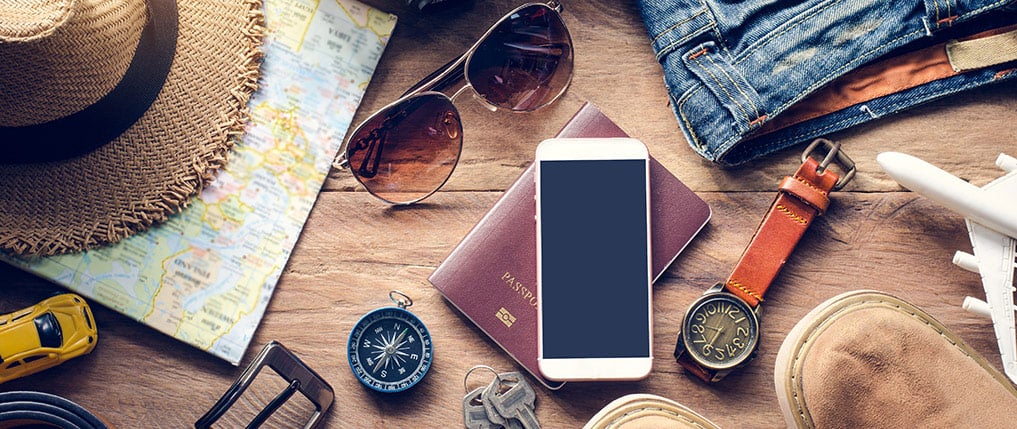
We’d like to acknowledge our American brethren for providing us with this post, which we have adapted to the needs of European travellers.
Selecting the Right Luggage
Well-packed luggage starts with the right vessels. Because even the neatest, tidiest and most organised packers will regret choosing bags and cases that aren’t sensibly designed. Here are the luggage components you need for short- to medium-length trips (anything under two weeks).
- All Trips: A Good Carry-On Bag — Your carry-on is the thing that you keep at your side throughout your entire journey, never out of sight. This means two things. First, it should be lightweight and easy to carry, and second, it should be packed with things you want easily accessible or extra-secure. For fragile cabin storage — such as for protecting computers, photography gear, expensive jewellery, etc. — choose a hard-sided carry-on case. Don’t need quite as much ruggedness? A durable travel backpack is always a good option, and the ability to carry it on your back is priceless during long trips.
- Long Trips: A Rolling Suitcase or Duffle — Large, rolling suitcases and travel duffel bags are the best choice for medium-length trips that are under two weeks. These cases hold anything and everything you’re fine with checking at security, including all clothes and most toiletries. Duffel bags are better for hands-free carrying and are usually made of extremely rugged material so they’ll last forever, but rolling suitcases are nice for those who don’t want to be bothered with carrying anything.
- Short Trips: A Large Backpack or Weekender — If you’re heading out for a quick weekend trip, consider traveling with a large backpack or weekender instead of a bulky piece of rolling luggage. If traveling by air, choose a carry-on sized weekender so that you only have a single piece of luggage to worry about (and pay for). Your weekend bag should be big enough for a few outfits and all necessary toiletries.
- All Trips: Personal Utility Cases — No matter if you’re using a backpack, a duffel or a large, hard-sided suitcase, you’re going to need a little extra storage inside the main compartments to keep your gear safe and secure. Stock up on a few small hard-sided cases for all your fragile or sensitive personal items, such as your phone, passport, irreplaceable jewellery and toiletries that could get messy if broken or spilled. Make sure to put all tech, including your laptops and tablets, in protective cases if you’re not using a backpack or weekender that has a dedicated laptop slot.
- All Trips: RFID-blocking wallet — There are a lot of thieves out there, especially in touristy areas such as big cities and some of them happen to be tech-savvy. They have been known to use an RFID reader to scan the information from your bank cards. What an RFID reader does is use radio waves to read this data, thus the purpose of an RFID wallet is to block these radio waves. An RFID wallet is made of a special material that can block and/or interrupt radio waves.
What Should You Pack?
The truth is that there’s no one universal travel checklist, everybody’s checklist should look different. Your destination and the activities you’ve planned should be primary considerations in crafting your perfect packing list. However, the following items are a rough guideline to get you thinking about what you may need to pack. Going camping? Make sure to check out our guide to what to pack camping, too!
Clothes and Shoes
The following list is great for people heading to many popular destinations, including urban and tropical ones. Of course, more rustic environments — the desert, the beach or the rainforest, for example — will require special technical clothing and protective gear. Be sure to consider all weather and environmental factors before creating your final packing list.
- T-Shirts
- Collared shirt
- Long-sleeved shirt or base layer
- Hoodie or crewneck
- Sweaters
- Jeans
- Pants
- Dressy outfit, if necessary
- Pyjamas
- Undershirts
- Underwear
- Socks
- Packable raincoat
- Light jacket or shell
- Swimsuit
- Comfortable shoes
- Dress shoes, if necessary
- Hat
- Sunglasses
- Belt
- Jewellery
- Watch
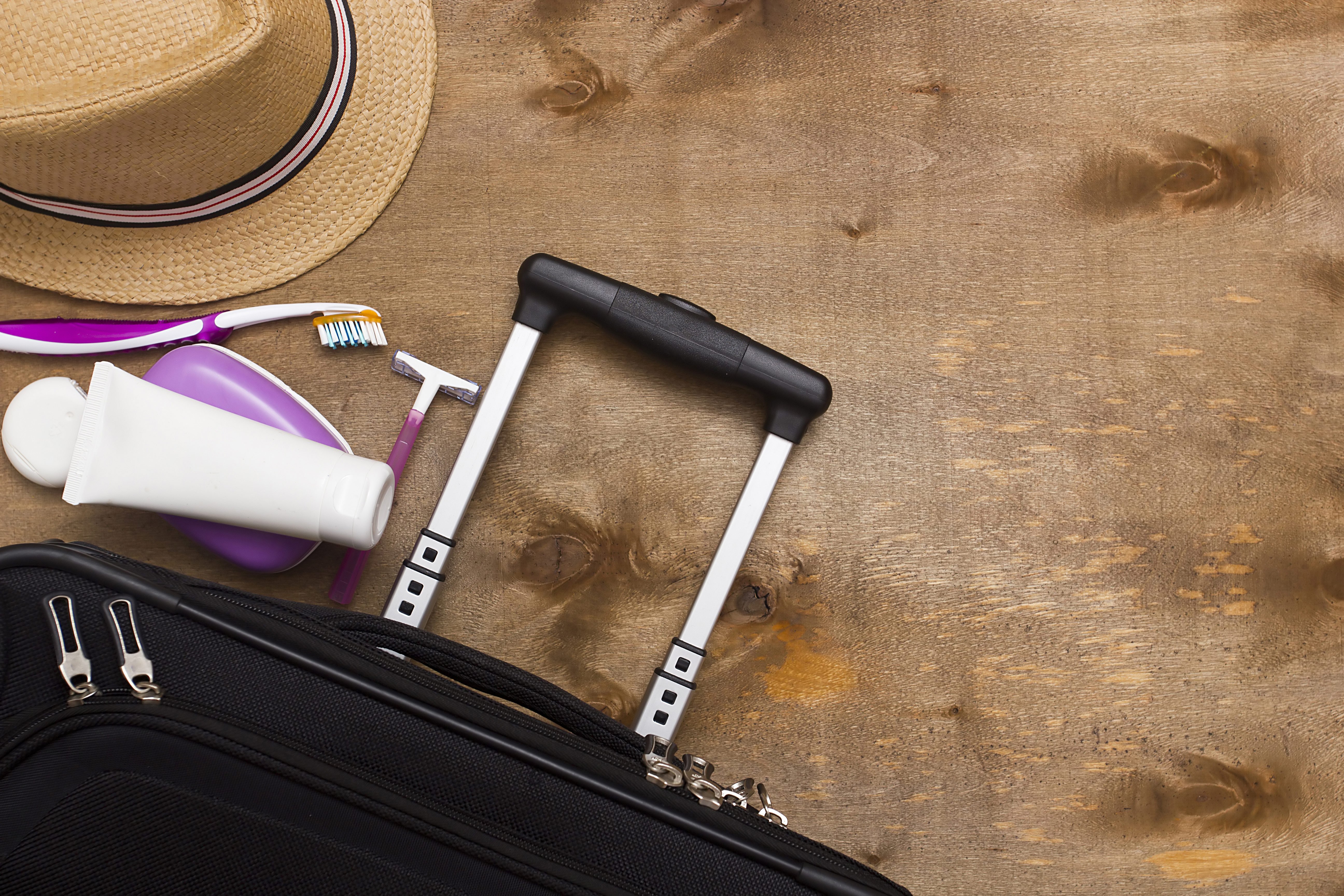
Toiletries
When deciding what toiletries to bring, it’s a good idea to go through your entire daily routine in your head, from getting ready in the morning to getting ready before bed at night. Note any and all products and tools you use throughout the process and pack those items in your toiletry bag. We always recommend stocking up on a few reusable plastic travel bottles to reduce plastic waste and to keep your toiletries clean and tidy. Plus, they let you take your preferred products with you rather than relying on travel-sized ones or the hotel’s free toiletries. Don't forget that when it comes to toiletries and liquids in general, such as toothpaste, shampoo and conditioner, anything that is larger than 100ml cannot be carried on to the plane, thus it must be placed in your checked luggage.
- Shampoo
- Conditioner
- Soap
- Face wash
- Toothpaste
- Toothbrush
- Dental floss
- Deodorant
- Brush
- Comb
- Dry shampoo
- Hairspray
- Hair styling products
- Hair ties
- Styling tools
- Hair dryer
- Contact lenses
- Contact lens solution
- Makeup
- Sunscreen
- Bug spray
- First-aid kit
- Antacid
- Pain relievers
- Eye drops
Personal Items
Anyone who’s ever shown up at the airport without their passport or ID knows what a massive pain this can be. If you’re occasionally absent-minded, set a reminder on your phone — or go old-school and put a sticky note on the door so you see it before you leave — that alerts you a half hour or so beforehand to remember to grab any necessary personal documents.
- Passport
- ID
- Wallet
- International driver’s license, if necessary
- Credit card(s)
- A small amount of cash
- Emergency wallet card
- Known traveller number, if you have one

Tech
Where would we be without our tech? Travel is one of the most important times to have a well-stocked library of downloaded media, because you never know when you’ll be stuck for long periods of time without Wi-Fi or data. Hardware is vital, too, especially your chargers and adapters. Spend some time stocking your phone with media and apps so you have everything ready to go when you need it.
- Phone
- Phone charger
- Laptop
- Laptop charger
- Foreign adapters and converters
- Bluetooth headphones
- Wired headphones (as a backup)
- Travel speaker
- Smartwatch
- Downloaded podcasts
- Downloaded playlists
- Downloaded shows and movies.
- Downloaded maps
What to Pack in Your Carry-On Bag
Before you pack for air travel, make sure you check with the European Union Aviation Safety Agency (EASA), or your local agency if outside Europe, for the current rules on what you can pack in your carry-on luggage. Some items are barred from carry-ons altogether — firearms, ammo, certain lighters, butane, box cutters, corkscrews, etc. — and some have special restrictions, so always check with the EASA before packing anything questionable in your cabin bag.
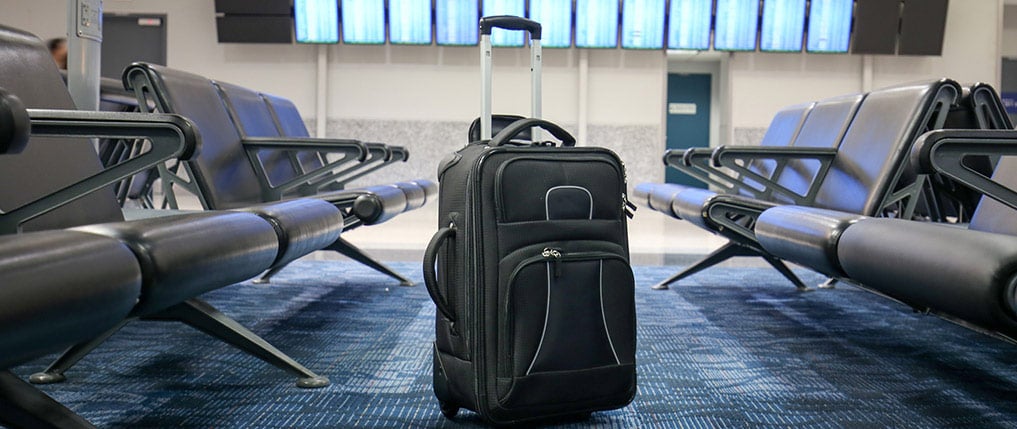
- Phone
- Phone charger
- Portable battery bank
- Camera
- Tablet
- Laptop
- Glasses
- Glasses case
- All prescription medications
- All valuable jewellery and watches
- Disinfectant wipes
- Travel pillow
- Eye mask
- Headphones
- Sunglasses
- Sweater
- Backup outfit
- Basic toiletries
- Book or magazine
- Compact umbrella
- Empty water bottle
- Snacks
Things to Remember Before You Go
In addition to your complete packing list, it’s a good idea to create a list of things to do before you leave. Whether that means lining up care for your pets or printing out your travel plans, a few before-you-go tasks will help prevent any unnecessary issues.
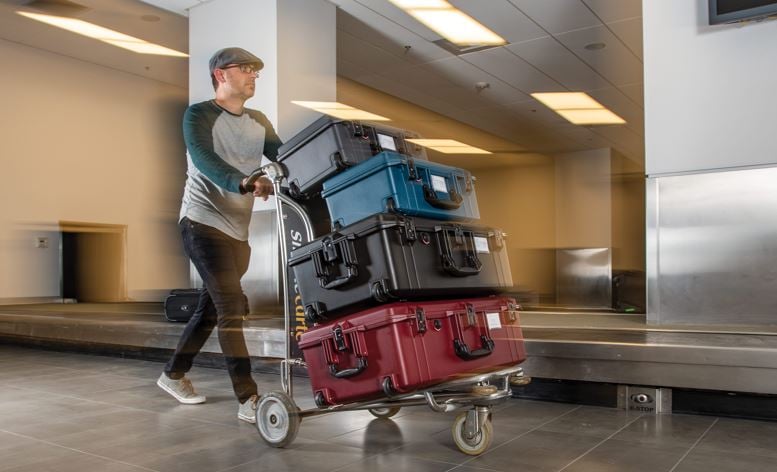
- Medical devices. If you have any special medical equipment, such as a diabetes test kit or monitor, make sure you pack it in your carry-on bag in case your luggage gets lost in transit. Check with the EASA about travelling with portable oxygen and other medical equipment.
- Pets. Don’t forget to prepare care for pets before you go! It’s a good idea to have a separate to-do list just for pet care detailing how you’ll handle any food, medication, walks, visits, etc. Schedule all pet-sitters at least a month beforehand.
- Parking and transportation. If your journey starts at the airport, make plans for how you’re going to get there and back. Schedule your rideshare or book a parking spot.
- International phone plan. Traveling abroad? Your phone data probably won’t work, but you can pay a fee for access in foreign countries. Most service providers let you pay for access by the day, so you have data while you’re away.
- Downloaded maps. If you’re heading anywhere besides a major metropolitan area, it’s a good idea to download your Google Maps beforehand (here’s how). This ensures that you have access to your maps even without an internet connection.
- Downloaded playlists and podcasts. This one’s especially important for long flights with expensive Wi-Fi charges! Make sure to pre-stock your laptop and phone with media.
- WhatsApp. 1.5 billion people use WhatsApp in 180 countries throughout the world (that’s more than Facebook Messenger). If you’re traveling to Canada, Europe, South America, Central America, and many parts of Asia, having WhatsApp on your phone will be quite useful.
- More special apps. It’s hard to know beforehand what apps you’ll need at your destination but downloading a few beforehand can save you from a headache. Download an international clock app, altitude map, special weather apps, rideshare apps, booking apps and any travel guide apps you may need.
- Someone at home in the know. You’re not likely to experience an emergency while abroad, but it’s always better to be safe than sorry. Leave a trusted person back home with a detailed itinerary with all travel plans before you go.
- Printed or downloaded travel itinerary. Don’t rely on the cloud or your email to keep you in the loop about where you need to be and when, so be sure to print your itinerary.
- TSA Pre-Check and Global Entry. The TSA Pre-Check and Global Entry programs are ideal for those who travel multiple times per year. For a low fee per year, you can speed through security without removing shoes, laptops, belts and more. TSA Pre-Check is for departing from U.S. airports and Global Entry is for those travelling to the U.S. from other international airports.
A Little Bit of Prep Goes a Long Way
Preparing for a getaway of any length can be extremely stressful, especially if your trip will be long or if you have a lot of things to take care of beforehand at home. But creating a thorough travel checklist will help ensure that you leave nothing behind and that you aren’t left in a scenario without the items you need while you’re away. Start with this travel packing checklist so you’re one step ahead of the game!



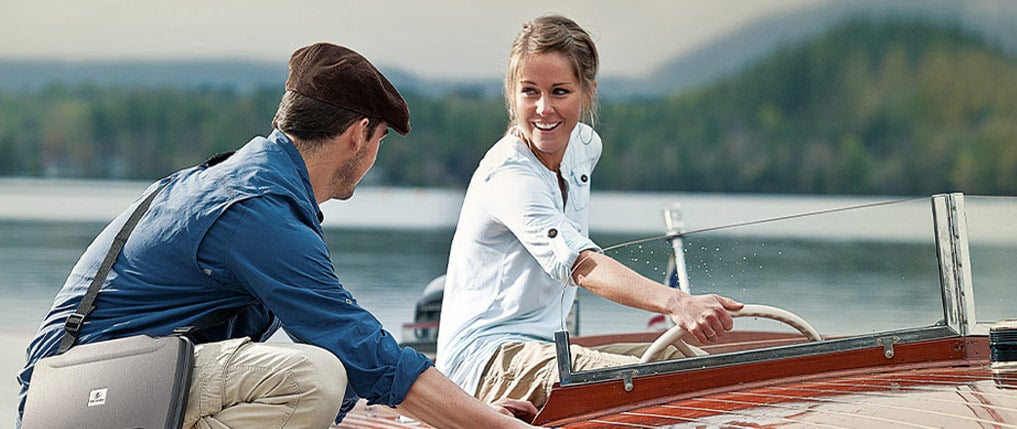




.png)

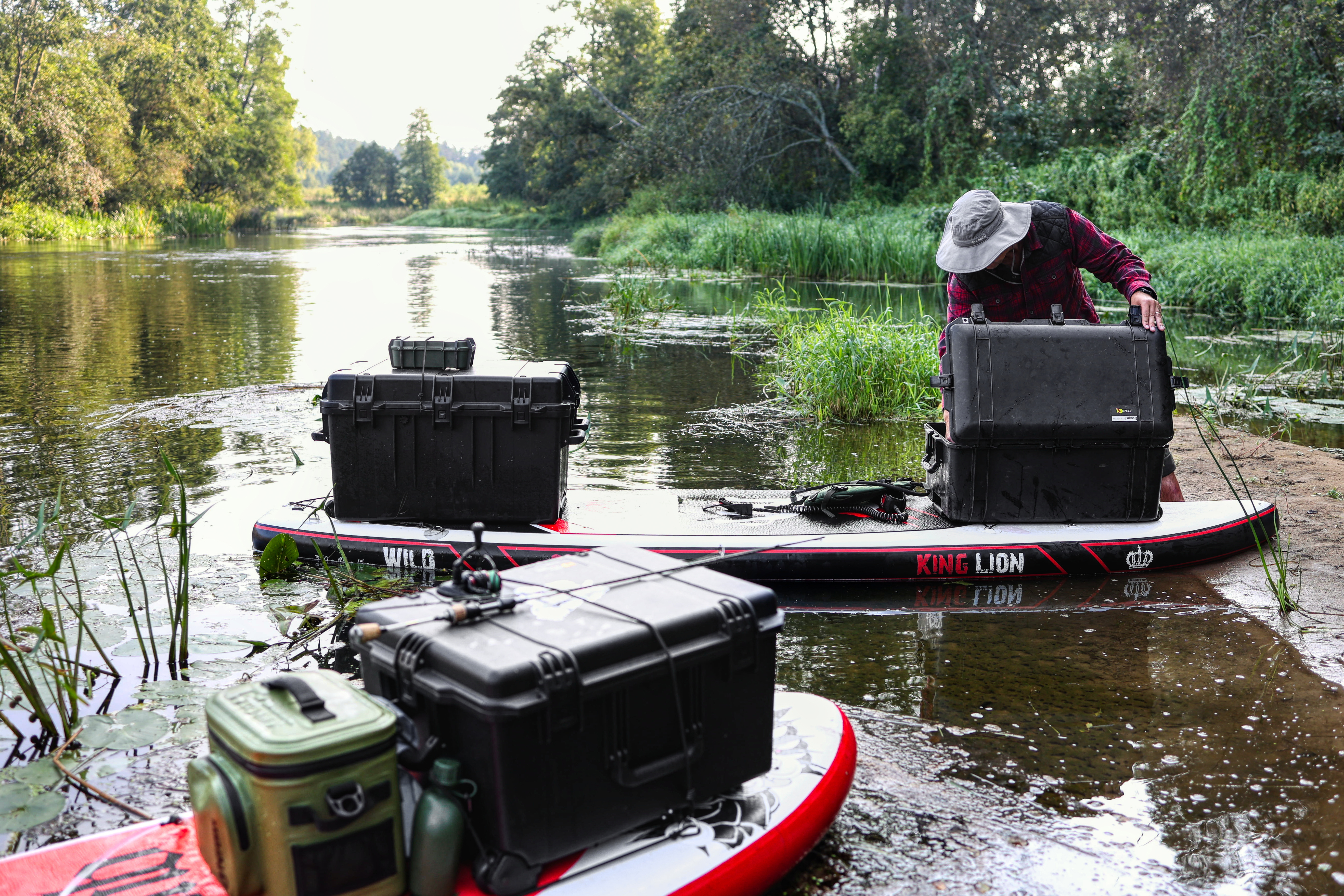
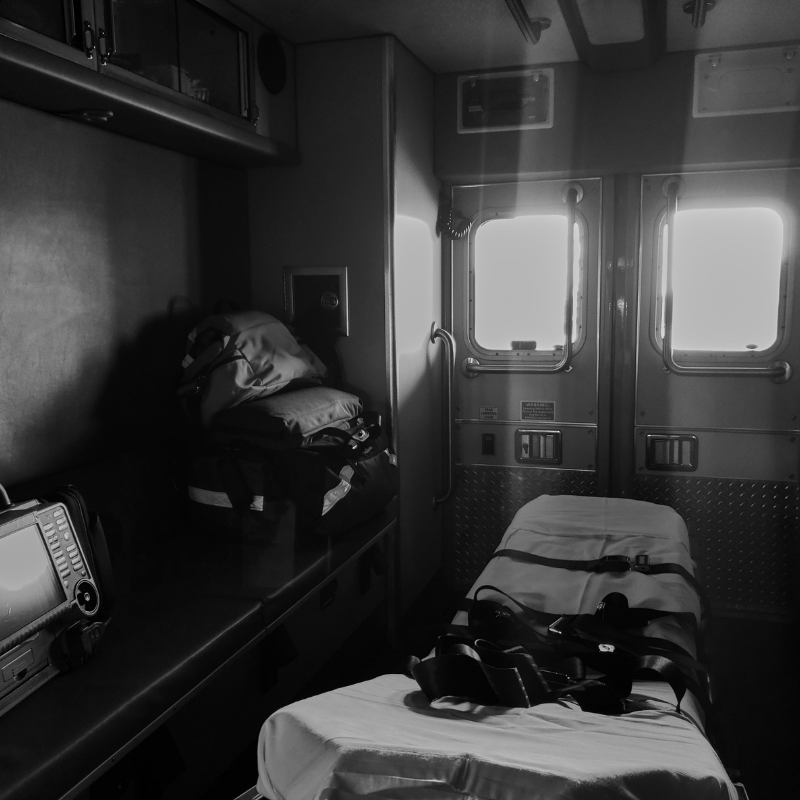
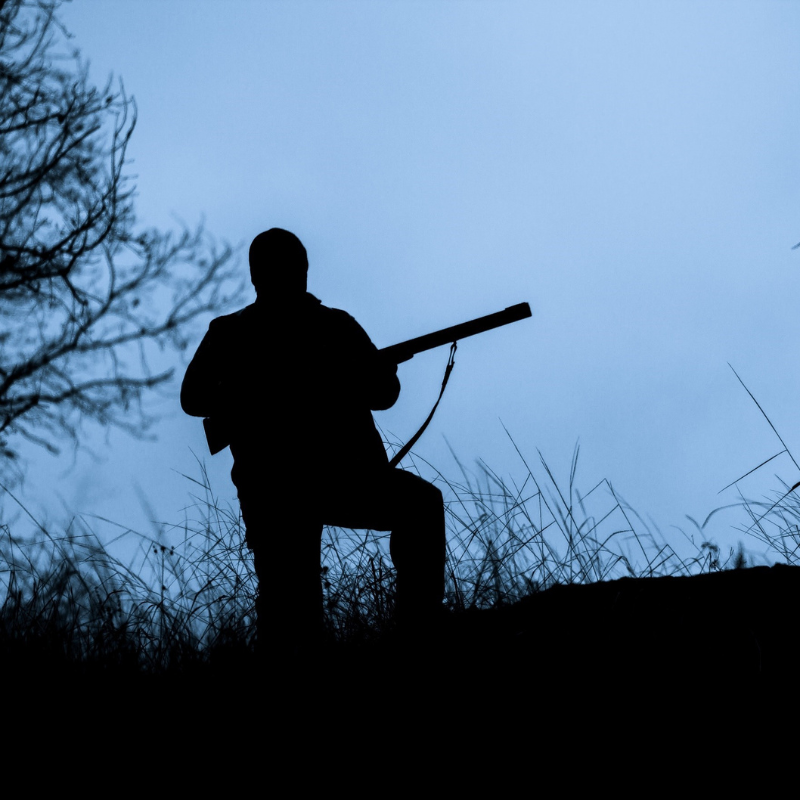

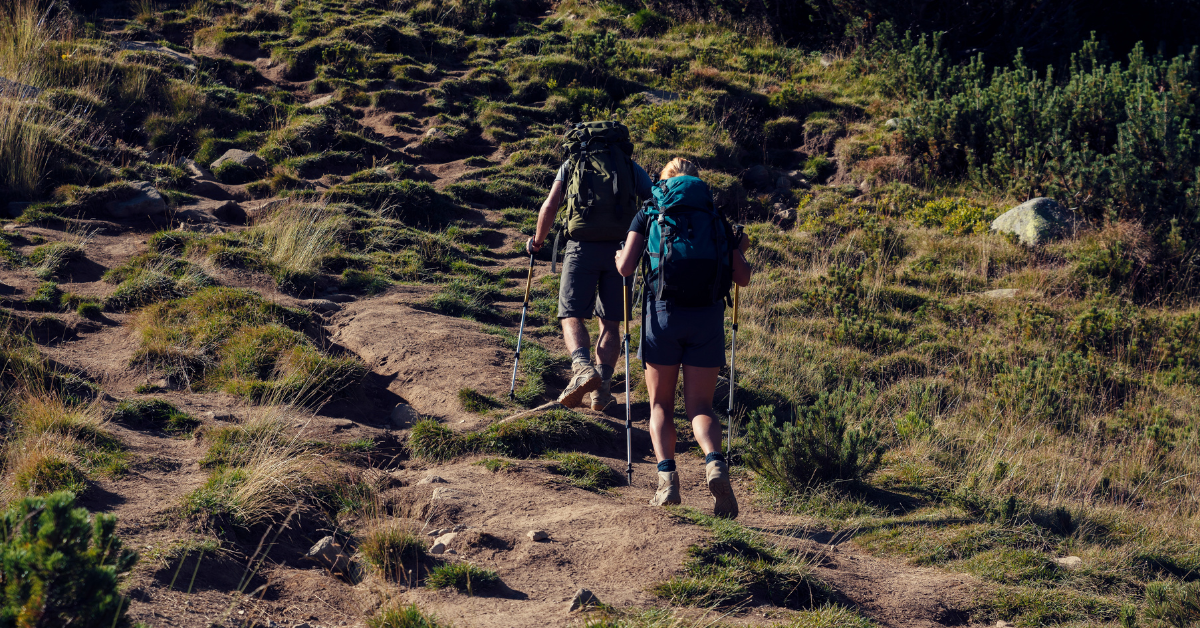
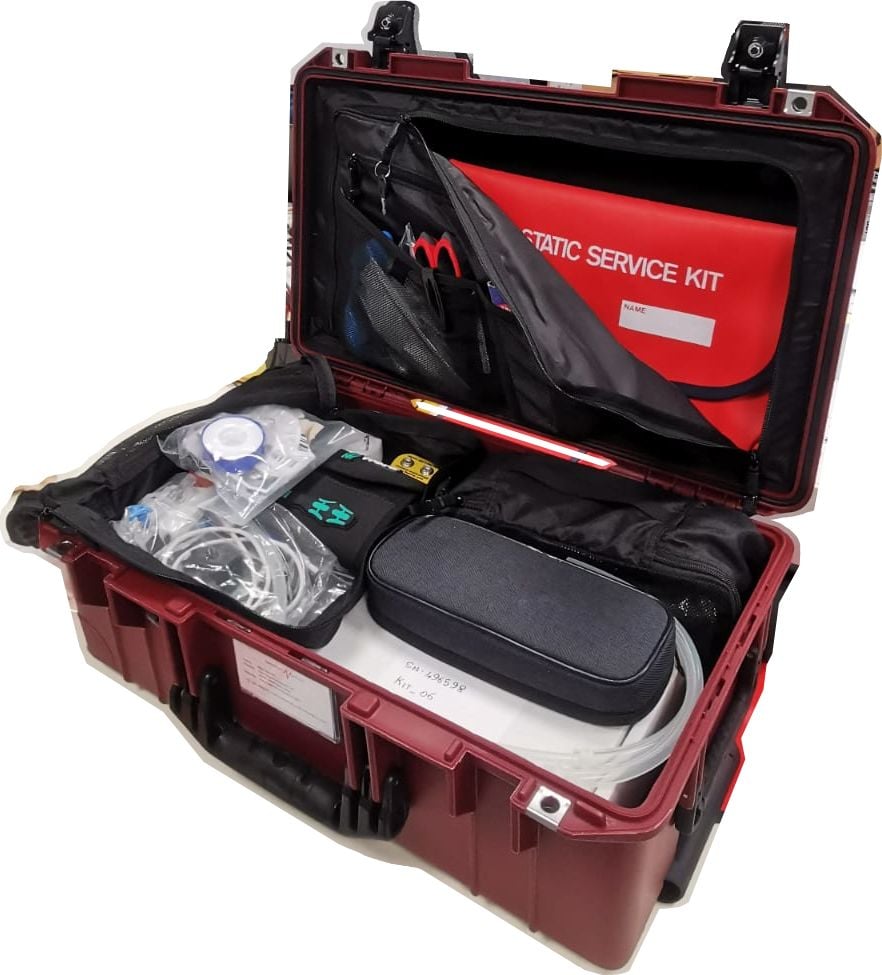
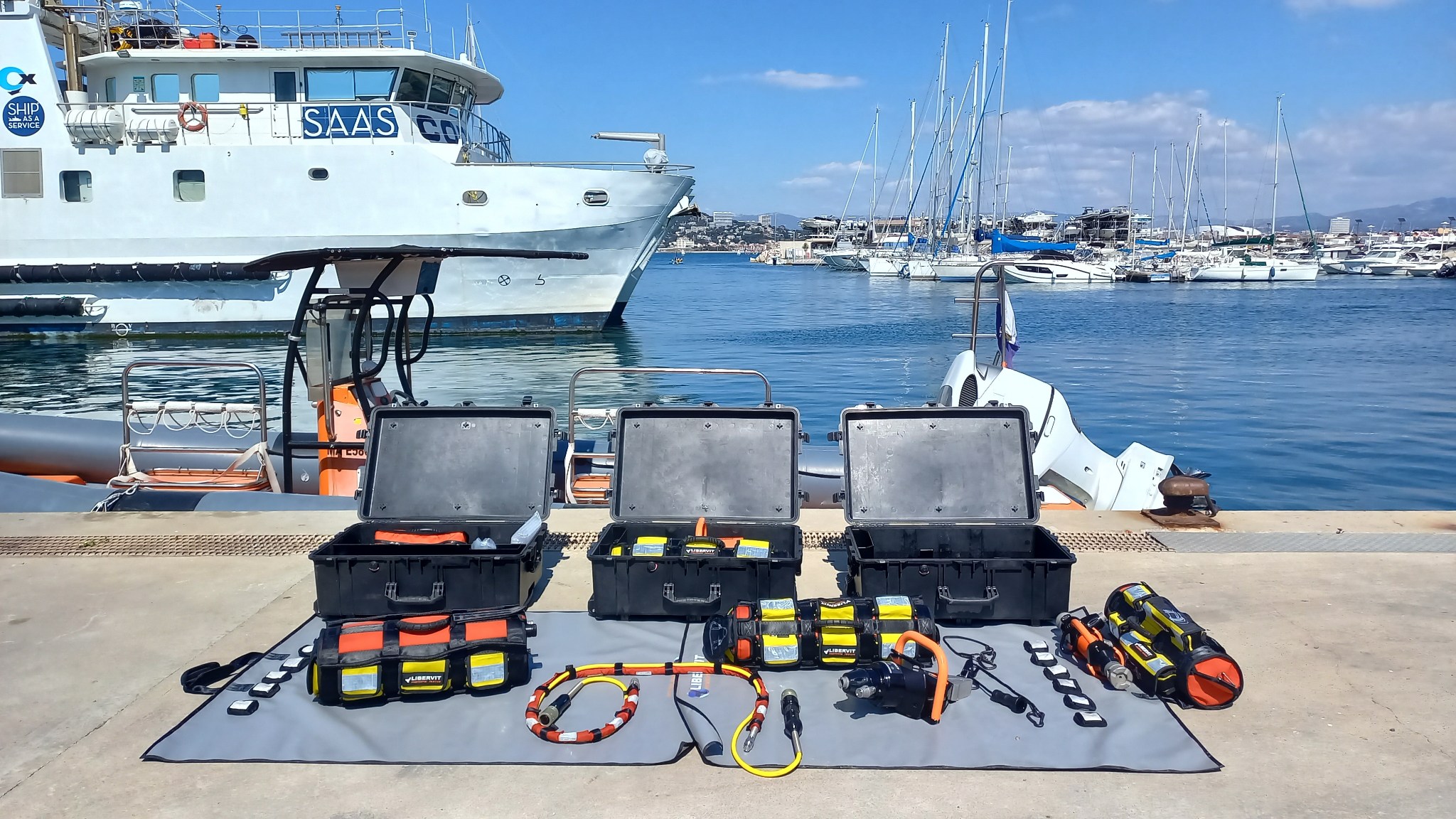
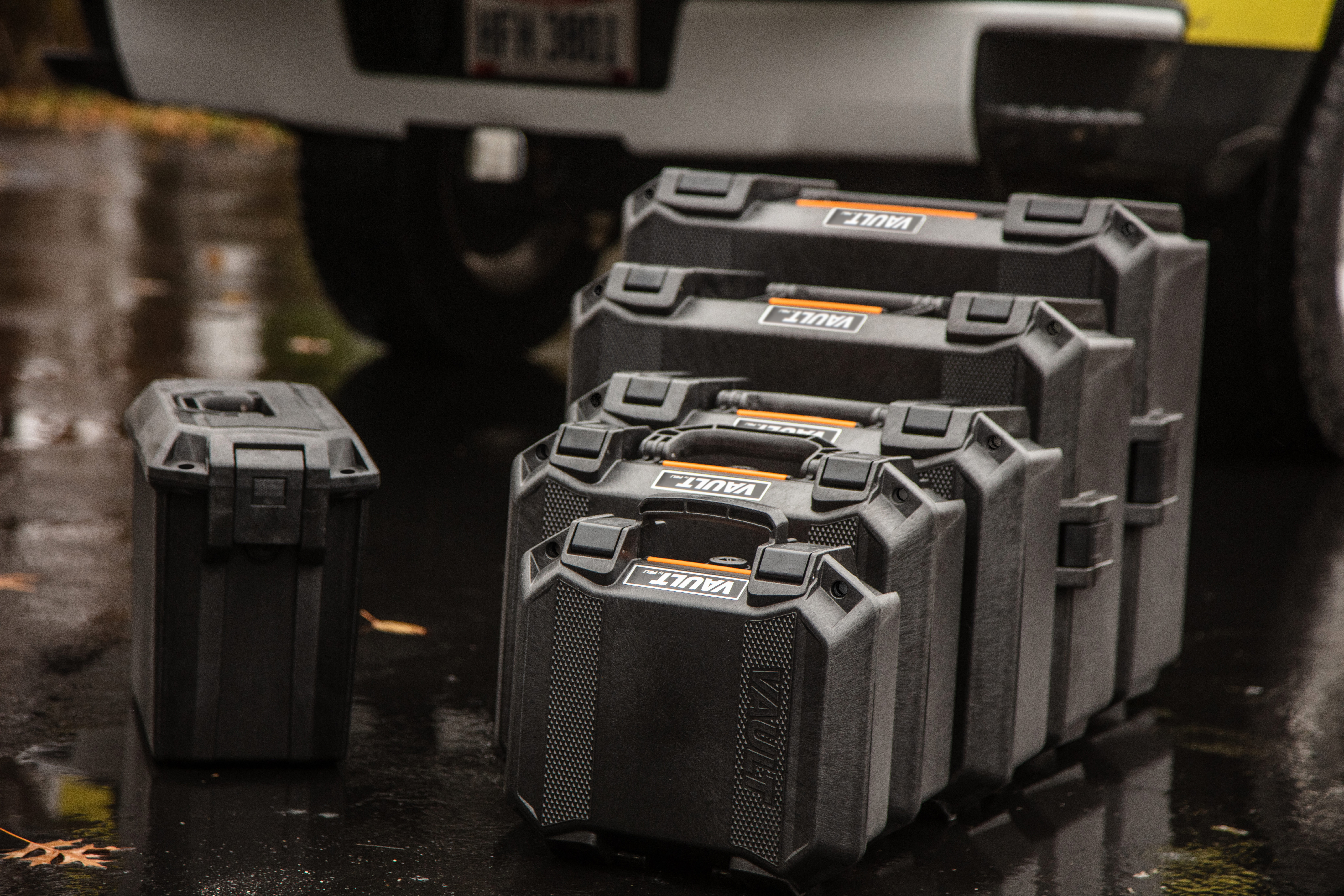
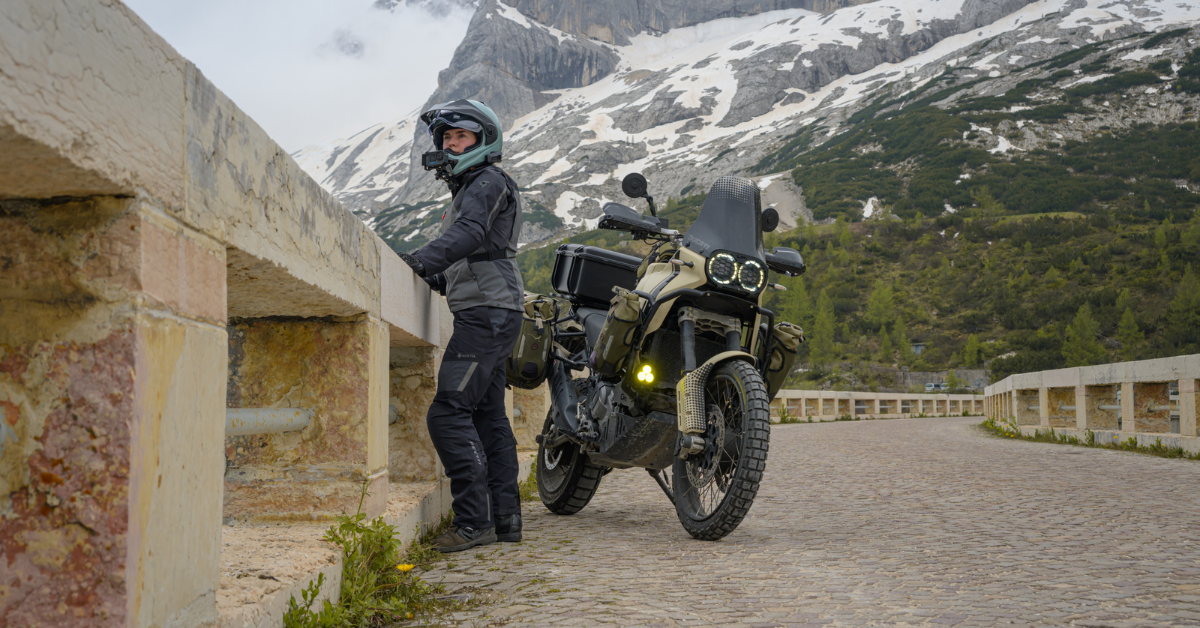
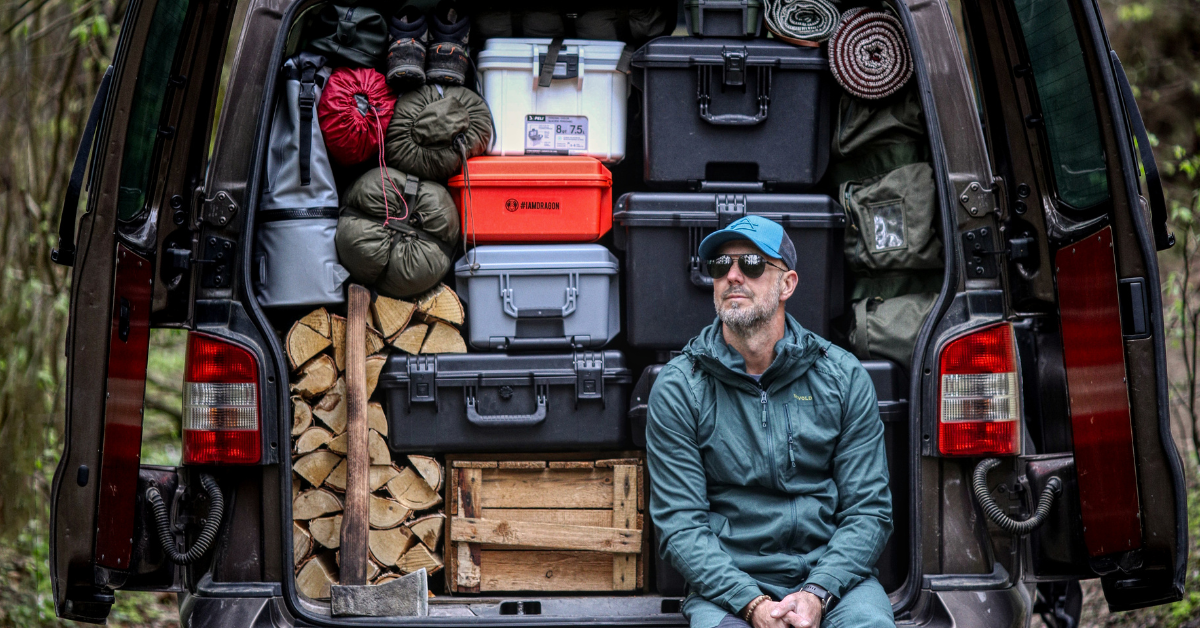
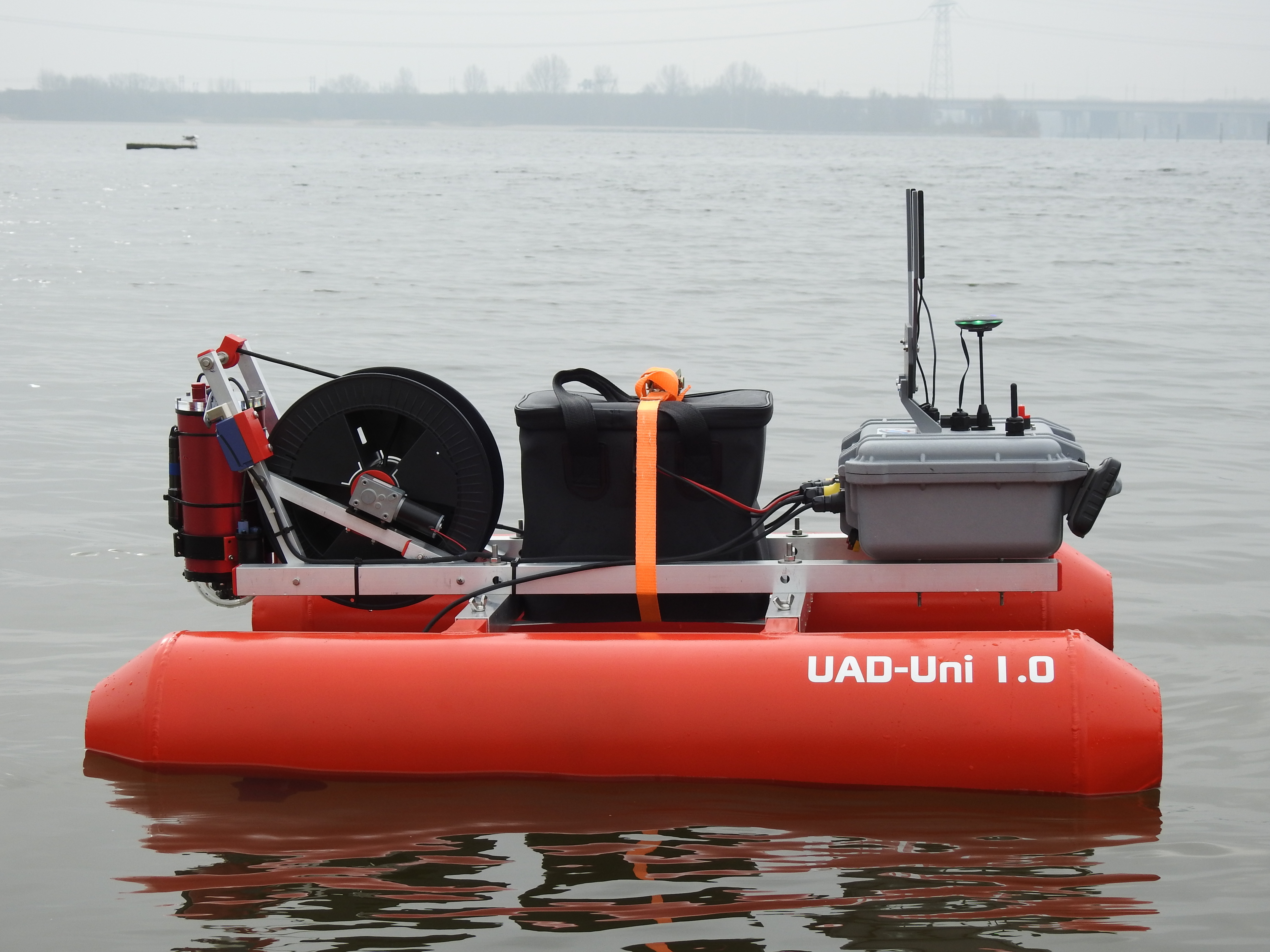
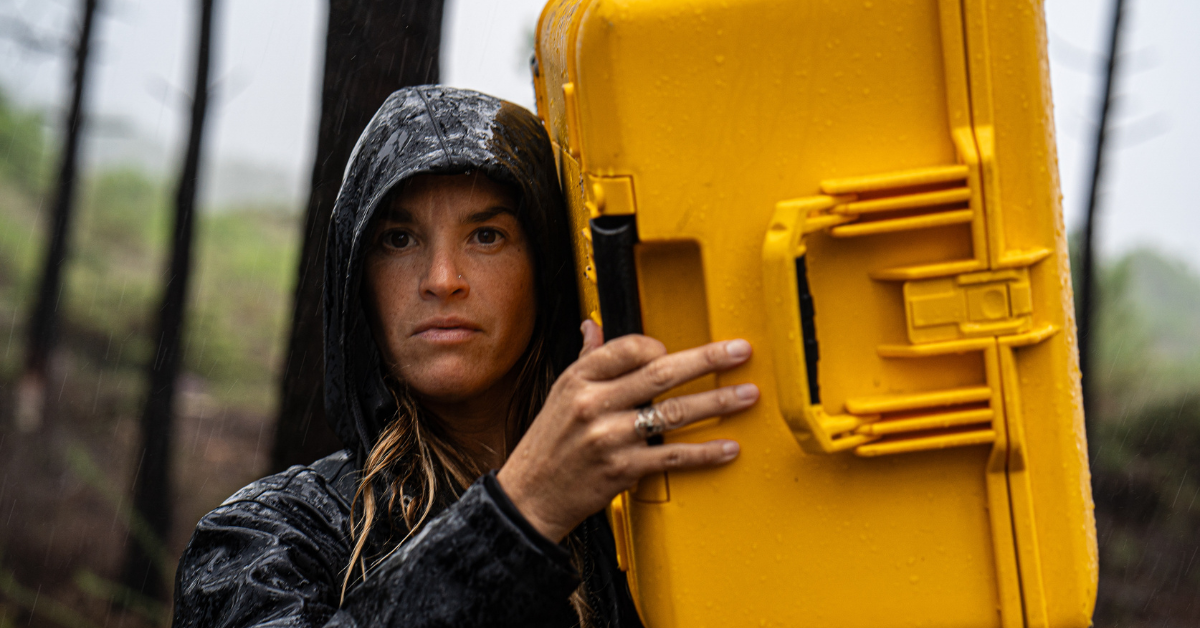
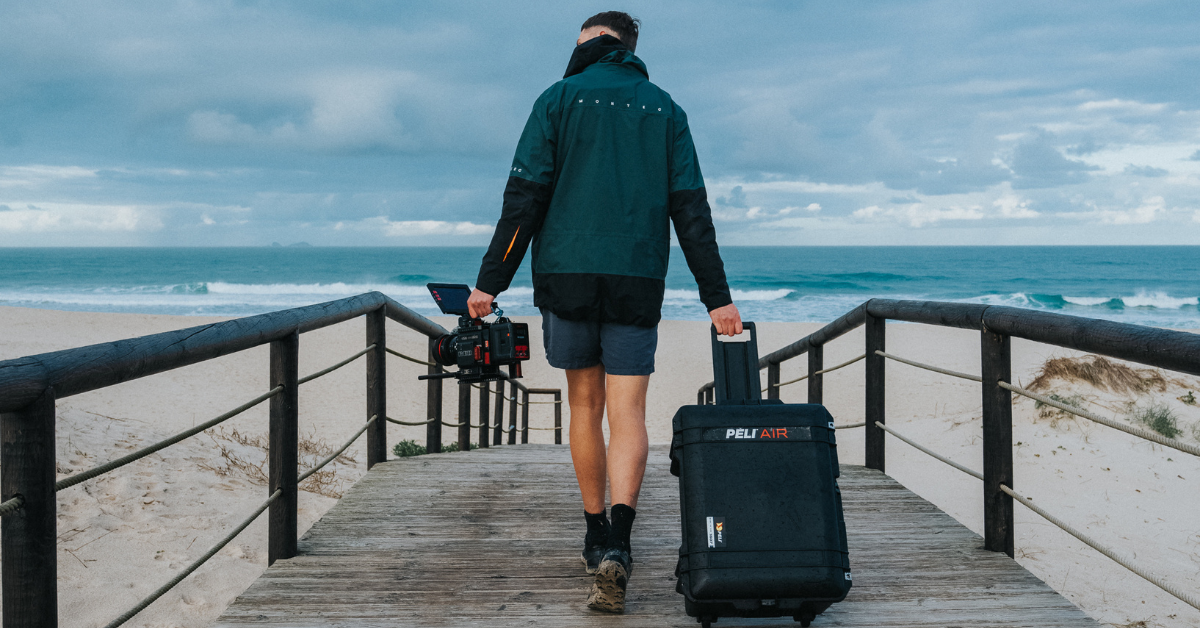

Post a comment